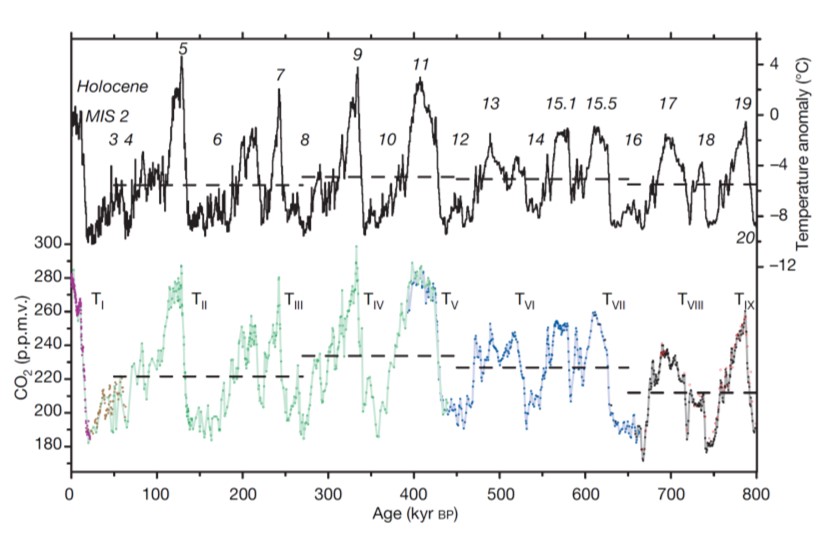The role of the Southern Ocean in glacial-interglacial change
For the last million years, Earth’s climate has been marked by regular, 100,000-year cycles between glacial and interglacial periods. Paced ultimately by changes in Earth’s orbit, these major climatic shifts also go together with changes in the amount of CO2 in Earth’s atmosphere.
As the largest reservoir of carbon in the surface Earth system, it is the deep ocean that must be responsible for the changes of this greenhouse gas. Research into the mechanisms for this have focused on the Southern Ocean, which today represents a “leak” in the biological pump that sequesters carbon in the ocean.
In collaboration with the Climate Geology group at ETH Zurich and scientists in external pageBaselcall_made and external pageMainzcall_made, our research focuses on changes in nutrient cycling in the Southern Ocean over glacial-interglacial cycles. Our particular interest is the silicon cycle, which can be traced through the silicon stable isotope composition of biogenic silica recovered from marine sediment cores.
In this, we utilize the fact that biogenic silica is formed by a range of different kinds of marine organisms, with a variety of life cycles and environmental niches. Thus the silicon isotope composition of radiolarians (zooplankton that can live throughout the water column) gives us different, and complementary, information to that of diatoms, phytoplankton that necessarily live in the sunlit surface ocean.
However, these different biogenic silica pools have the potential to obscure each other’s signals in a bulk analysis. Our work thus also focuses on developing methods to extract faithful records of past marine change.

Student projects
- Schmitter, J. (ongoing). Influence of non-diatom silica on deglacial silicon isotope records from the Southern Ocean. Master's project.
- Schrepfer, J. (2022). Species-specific silicon isotopes in Southern Ocean radiolaria across the last deglaciation. Master's project.
